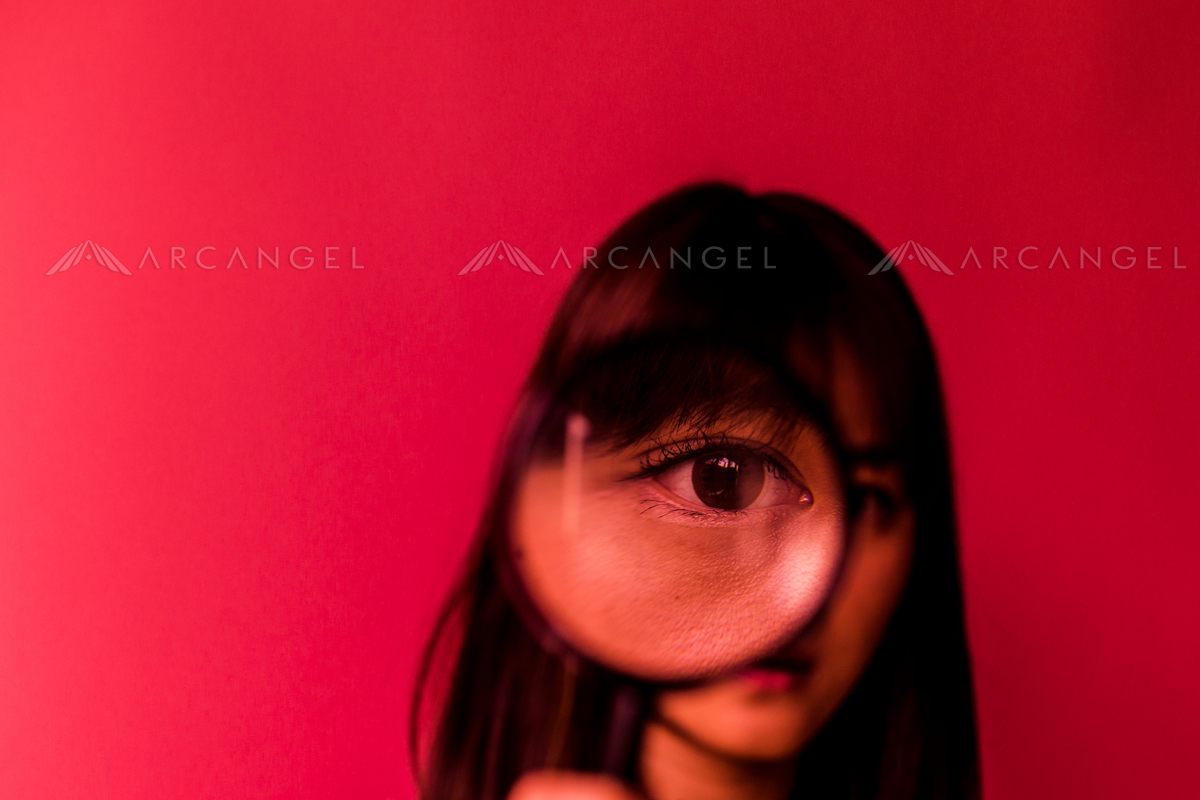Commercial Photography: Avoiding Common Mistakes
Our submissions team handle hundreds of new images every week but sadly, not every image will be suitable for our collection.
There can be many different reasons why an image is rejected, but sometimes an otherwise great photoshoot can be let down by a simple error.
Here, we identify some of the most common mistakes made in commercial photography – avoiding these will give your imagery the best chance of being accepted!
Clean equipment…
Dust on your lens or sensor could ruin a great shot. It’s possible to correct blemishes in post-production, but it’s far better to avoid them in the first place by cleaning your gear.
…and a clean studio!
Look out for dust on reflective surfaces, and beware of finger marks or footprints in your backgrounds. In still life and portrait photography this can make a huge difference to the quality of the shot – again, don’t assume you can fix it with retouching.
Beware of third-party rights issues!
We cannot accept images that may breach third party rights. For example:
- Trademarks – brand names, logos, fashion labels, recognisable products, well-known toys… None of these can appear in commercial photography because they are subject to their own copyrights and restrictions.
- Private property – cars, boats, trains, and even shipping containers cannot be used commercially if they can be identified by a name, ID number or license plate.
- Model & Property releases – most importantly of all, make sure you have releases for any models appearing in your shoots, and that you have any permissions necessary for the location you’re using. (We’ve written about this in more detail here.)
Plan around lighting!
Particularly important when shooting outdoors, remember – a scene can be radically altered by changes in the direction of natural light.
Losing track of changing light conditions can result in unwanted effects such as hard shadows.
Bring models to life!
For book covers, the photography will need to tell a story. If you’re shooting a model they will be integral to that story – make sure they’re fully engaged and believable.
Give models direction and make sure they are conveying emotions that match the scenario. They should be performing, not just posing.
Make sure they are comfortable with your props as well; if they are handling weapons, for example, they need to look like they know how to use them!


